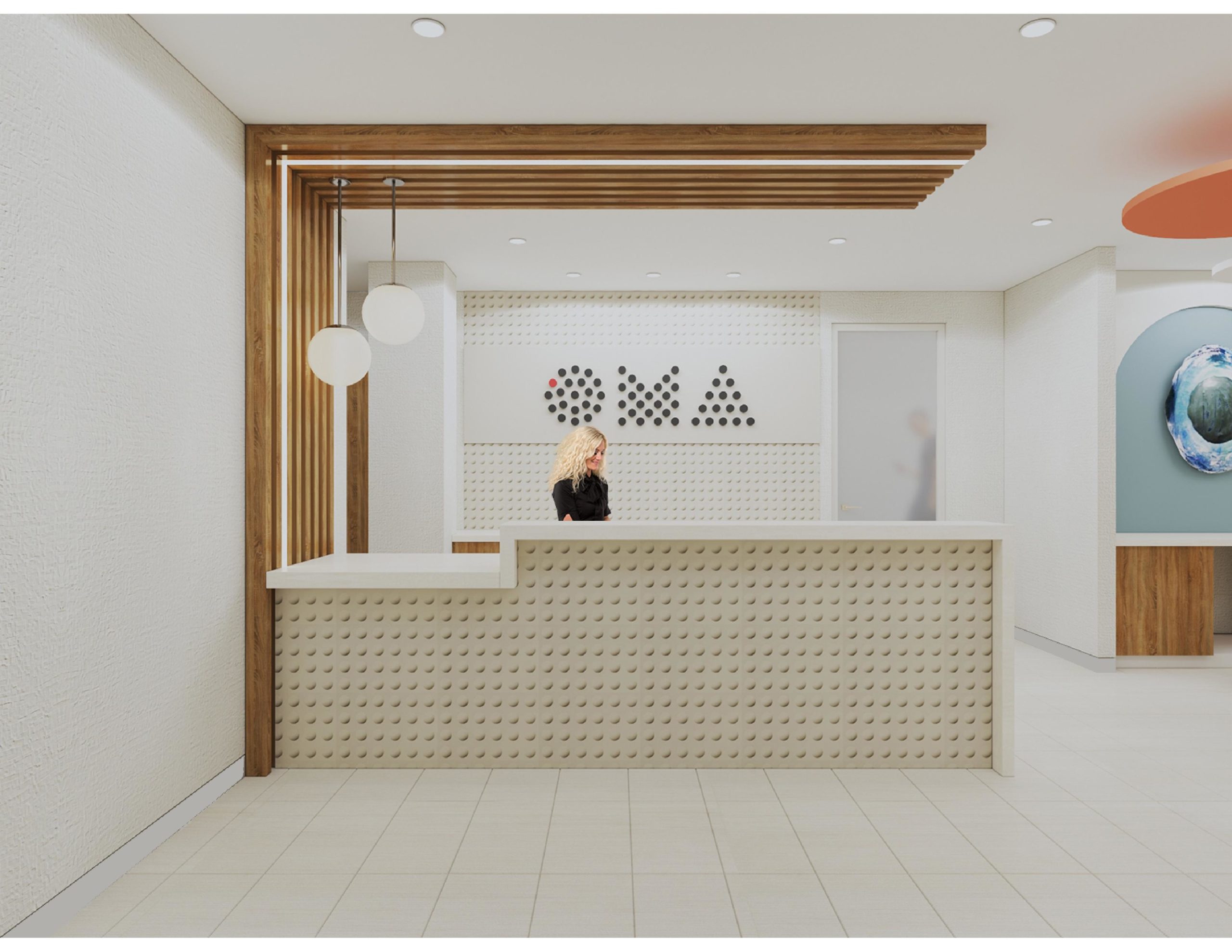In this Q&A, you’ll hear from Gurjeet Singh, co-founder and CEO of Oma Fertility, a full-service fertility clinic modernizing the industry. Gurjeet shares how identifying healthy reproductive cells with AI-driven technologies improves in vitro fertilization efficacy, lowers costs, and makes the dream of parenthood a reality for more people.
Can you tell us about what you’re working on at Oma Fertility?
Gurjeet Singh: At Oma Fertility, we’re combining AI and robotics with human-centered care to give hopeful parents better odds at conceiving a child.
Founded in 2020 by a team of engineers, AI experts, and fertility specialists, Oma is a full-service fertility clinic bringing top lab design and technology to a variety of in-house treatments, including in vitro fertilization (IVF).
Our first technology, Oma Sperm InSight™, is an AI sperm selection tool that helps embryologists pinpoint the most promising sperm cell to pair with an egg in IVF — a practice proven in independent studies to increase the odds of a successful pregnancy.
How did you come up with the idea? What key insight led you to pursue this opportunity?
GS: The idea for Oma Fertility came after learning about my wife’s acquaintance, who had gone through six IVF cycles—at the cost of $45K a piece—and did not succeed in becoming pregnant.
Not only did they fail to conceive, but unfortunately, after spending $270K in treatments (along with some poor financial decisions throughout the process), the couple had to file for bankruptcy. I was shocked. And while I don’t believe the clinic they worked with to be malicious, I did feel that they had misled this couple regarding their chances of a successful pregnancy with IVF.
At the time, I was also in touch with my two co-founders, Sahil and Kiran. Sahil, a friend and fellow physician, operated a chain of IVF clinics in India and Nepal. Kiran and I were PhD students together at Stanford (he studied electrical engineering), and after leaving a company which he had co-founded, he was looking to start another venture.
We visited one of Sahil’s IVF labs in India and I was astounded by the realization that instead of the high-tech tools and automation I was expecting (given the cost of the procedure), an IVF lab looked more like a high school biology lab. Furthermore, the success of the procedure largely depended on an embryologist hunching over a microscope and choosing eggs, sperm cells, and embryos by their vision and manual dexterity alone.
After researching IVF statistics, we realized that the market was drastically underserved. At the time, only 1.7% of births in the US happened due to IVF, as compared to other developed countries like Denmark, where the number is 9.2%.
The reason for this is the cost. In the US, an average IVF cycle costs $20K and has a 70% failure rate. This, plus the fact that an average couple tries three cycles before succeeding or giving up, makes the entry-level expense of attempting to conceive with IVF $60K — just under the average annual household income in the US. This puts IVF firmly out of reach for most families.
Recognizing this, our plan was to build AI-driven technologies that could increase the efficacy of IVF, we could reduce the number of cycles required to succeed, we could lower the cost of IVF, potentially making it accessible to more families.
How did you turn your idea into a company?
GS: All three co-founders of Oma Fertility have experience as CEOs of their own companies, building businesses, and raising capital. This strong, entrepreneurial background helped us successfully:
- raise seed capital in the middle of 2020
- see our first patients at our first clinic in Santa Barbara on January 1, 2021
- serve over 100 customers by October 2021
- register our first device, the Oma Sperm InSight, with the FDA in early 2022 and use it in the clinic since May 2022
- open five clinics to date, with more on the way
How big can this get? What’s the addressable market and how do you go about capturing it?
GS: Today, the US market is underserved by four times the global average, largely due to cost. Additionally, we anticipate that 20% of future pregnancies will require IVF treatments for two main reasons.
First, infertility rates are on the rise. To date, 15% of couples experience infertility, with 35% of those cases involving male infertility, which is increasing 2% YoY.
Secondly, people are choosing to wait to conceive. In the time period from 1990 to 2019, the percentage of people having children between the ages of 35–39 doubled while those having children aged 30–34 increased roughly 48%.
To see how our services can benefit families wishing to conceive, as well as the size of our addressable market, this is a good resource.
Who is the core customer? How are you acquiring customers? And how will you grow the customer base?
GS: Oma Fertility’s mission is to make parenthood possible for anyone facing fertility issues. CisHet and LGBTQIA+ couples and individuals all find compassionate, appropriate, and financially accessible care at our facilities.
Additionally, we’re building the first national brand of fertility clinics in the US and aim to normalize the conversation around infertility. Our aim is to drive our DTC and referral businesses by building awareness and interest in what we’re working on and how that’s helping people to conceive.
A key area for growth with Oma Fertility lies in our egg-freezing service. As we’re more affordable than the national average, we encourage women in their 20s to “invest” in themselves by freezing their healthiest eggs at a younger age. Then, they can focus on their careers and responsibilities while increasing the odds of a successful pregnancy later in life.
Looking at your road map, what are some of the milestones you’re targeting over the next 3-6 months?
GS: Along with our existing clinics in Santa Barbara and St. Louis, Oma Fertility recently acquired New York Reproductive Wellness in Long Island, NY, making it our first official location in the Greater NY region.
Beyond this acquisition, in January 2023, Oma Fertility plans to open additional clinics and labs in multiple locations throughout the US, including: New York, NY and Atlanta, GA, along with two other locations in Los Angeles opening this year.
In addition to expanding Oma’s physical footprint, we’re continually building on our tech innovations and improving outcomes in the lab.
Anything else you’d like to share with readers?
GS: At Oma Fertility, we have three core beliefs that drive everything we do:
First, we are as invested in successful outcomes as the families we serve. So, Oma Sperm InSight and all future innovations are aimed at giving them the greatest odds possible and minimizing the number of required cycles for a successful pregnancy.
Next, Oma Fertility understands the emotional rollercoaster of the fertility journey. For that reason, we focus on giving each and every client a better experience through respectful care from a designated team both in the office and at home.
Finally, by virtue of our ethical pricing model (that’s typically 30–50% less than the national average) and convenient hours and locations, Oma makes the dream and right of parenthood possible for more people each day.
If you’re interested in having your company featured in our Startup Q&A series, send an email to team@fitt.co.



